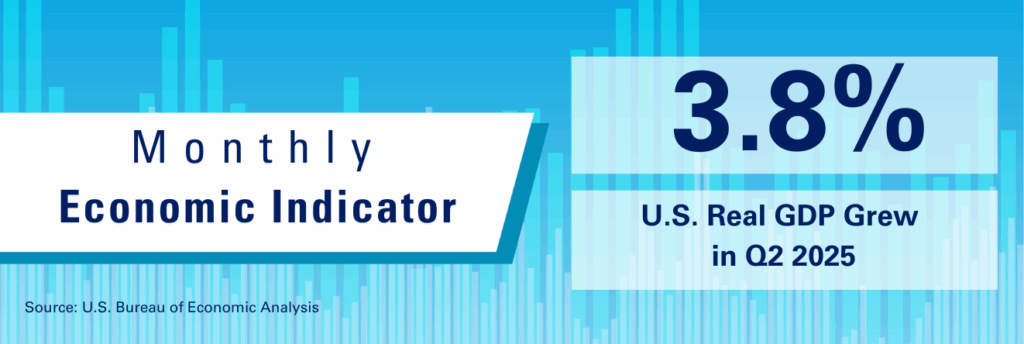To enhance the Detroit Regional Chamber’s robust Data and Research portfolio that includes the annual State of the Region, the State of Education and Talent, and Michigan is Automobility, the Chamber also provides timely updates on key economic metrics throughout the year with the Monthly Economic Indicator and quarterly Economic Indicator Update.
Together, these updates offer a holistic view of the Detroit Region’s challenges and successes in areas such as business growth, employment, innovation, and consumer trends, to help leaders make strategic decisions in a changing economic environment.









